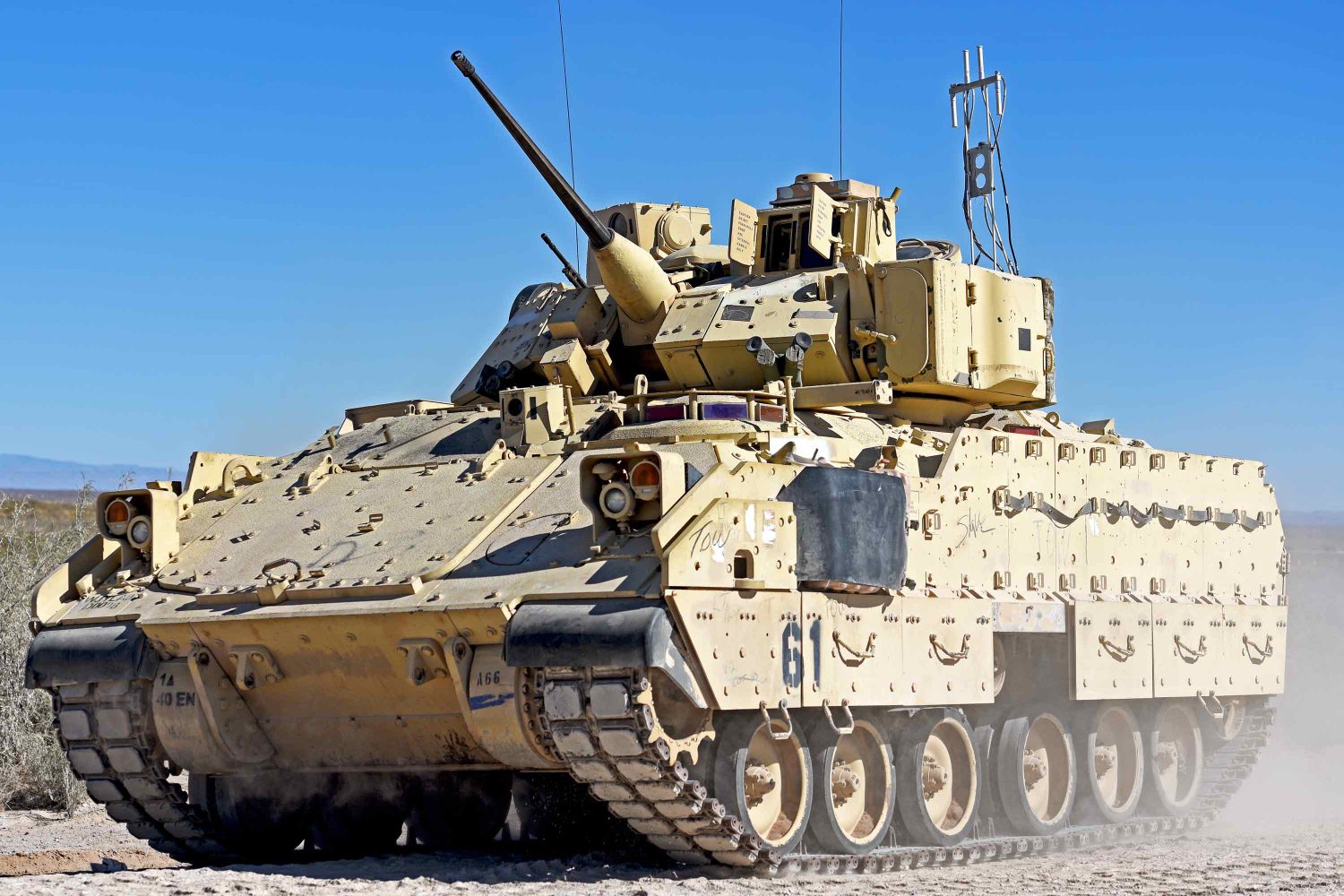Ukraine is said to have lost nearly US$10 billion worth of US-supplied weapons in its counter-offensive against Russia. This rough estimate is based on the New York Times assessment in July that about 20 percent of the West-supplied weaponry was damaged or destroyed by Russia in the first two weeks of the Ukrainian counter-offensive.
Since Russia began military operations in early 2022 against Ukraine for its move to align with NATO, the United States has provided Kyiv with more than US$47 billion in military aid. This aid was estimated to help Ukrainian forces hold back the Russian advance, but not enough to accomplish Kyiv’s goal of recapturing all Ukrainian territory.
“And this request from the White House for an additional US$13 billion in funding for military aid to Ukraine is an acknowledgment that the assistance will have to continue for the foreseeable future,” the report said.
This military aid from the US includes “the most powerful and pricey” weapons and vehicles in the US inventory, including M1 Abrams battle tanks, Patriot missile defense systems, and HIMARS rocket launchers. This aid is unlike the supplies in the early months of the Russia-Ukraine war when escalation fears had limited the type of equipment being provided.
“The unfortunate fact for the Ukrainians and their foreign backers is that many of these systems have already been destroyed,” The Messenger News report assessed.
The heavy loss rate of foreign military equipment has forced the Ukrainians to modify their tactics. But the losses could only “strain” the world’s ability to continue with arms supplies for Ukraine’s war efforts.
Bradley Took The Worst Hits
The widely cited open-source blog Oryx, which documented losses only through verifiable photographic evidence, had counted at least 23 Ukraine’s Bradley fighting vehicles destroyed in the war with Russia. It said another 21 have been damaged, and five have been abandoned.
That indicates that American-supplied Bradley was the weapon system that took the worst hits. Several Ukrainian troopers, though, have vouched for the Bradleys having saved their lives during the counter-offensive.
The armored troop transport vehicles have heavy guns and anti-tank missile systems. As of late July, the US is said to have delivered around half of the 190 Bradleys it had promised to operational units in Ukraine.
It has also been estimated that over 60 of the M113 armored fighting vehicles, 57 Maxxpro mine-resistant vehicles, and another 100-odd Humvees have also been destroyed, damaged, or lost. “The value of all this destroyed equipment likely runs into the hundreds of millions of dollars,” it has been estimated.
These losses should not surprise, as Mark Cancian, a retired Marine Corps Colonel and senior adviser at the Center for Strategic and International Studies, told The Messenger: “The losses are probably about what was expected.”
“What Ukraine is trying to do is very difficult, break through a well-prepared defense. That always produces high casualties, both in personnel and equipment. The disappointing part is that they are not yet through those defenses, though they are still grinding away,” Cancian said.
The high destruction rate has come from heavily fortified Russian defensive positions, including vast fields of mines. And in contrast to the early days of the war, Russia’s tactics have also become more innovative and effective. The Russians have used KA-52 “Alligator” attack helicopters to strike Ukraine’s vehicles and tanks.
Losses Force Ukraine To Slow Down
While the Western nations were debating whether to send more arms, particularly battle tanks and fighter jets such as the F-16, to Ukraine, the focus on supplying sophisticated NATO weaponry only led to “unrealistic expectations” of how much Ukrainians are now armed with weapons that would make much difference in the war.
“There was a sense of ‘tech optimism,’ just because Ukrainian soldiers were so good at training on western equipment, and there was a sense they’d be able to translate that into tactical finesse,” Franz-Stefan Gady, a defense analyst with the Center for a New American Security who has made several study trips to the front in Ukraine, was quoted by The Messenger.
“Some observers overestimated the ability of Ukrainian forces to gain tactical proficiency with these platforms and gain the ability to use them in a combined arms fashion.”
The heavy equipment losses in the early weeks of the offensive have forced the Ukrainians to change tactics, focusing less on vehicle-led charges into Russian positions and more on wearing down Russian defenses with heavy artillery fire from a distance, it said.
“The direct consequence of these losses is that it is now primarily an infantry-led fight with artillery firing on Russian positions,” Gady said. “Only occasionally do you get advances or attacks spearheaded by mechanized forces?”
Gady added that Ukraine’s battle tanks, which many anticipated would be used to lead assaults on Russian lines, are now mainly used to provide long-range fire support.
These tactics have had some success in reducing equipment losses, the report said and estimated that the rate of loss dropped from 20 percent to 10 percent after the first two weeks of the counter-offensive, according to the New York Times.
But this form of fighting is agonizingly slow, with progress in territory gained measured in meters rather than kilometers. And while it cuts back on the loss of heavy and expensive combat systems, it’s more draining regarding ammunition.
The rate at which Ukraine was expending conventional artillery ammunition — far above the numbers produced by Western countries even after a substantial industrial ramp-up — prompted the US to make the controversial decision last month to send cluster munitions to Ukraine, the EurAsian Times had reported.
Meanwhile, the inability to achieve an armor-led breakthrough also means a much longer war, with many more Ukrainians dying at the front. “Some Ukrainian officials now talk about winning an attrition battle rather than a breakthrough,” said Cancian. “I think that’s a mistake because of the high cost of even a successful attrition strategy.”

Attrition Battle, Nothing Less
The slow progress of the Ukrainian counter-offensive that what the Western nations had hoped for, meant that it was now harder to measure the progress of the battle of attrition that was now happening. The report said this is compounded by the less information that third-party observers have on Russia’s force mobilization and capabilities than what territory it controls on the map.
Russia, too, has lost a significant amount of equipment, if not greater than Ukraine, at least as much, as EurAsian Times reports frequently. An Oryx estimate guessed that Ukraine had lost 604 tanks, whereas Russian loss of tanks was 2,207 tanks. “But the uncomfortable fact is that Russia probably has far more of this equipment to spare.”
With not much breakthrough, leave alone a fast and dramatic one, looking difficult at this stage, Ukraine may need more and more foreign military aid regarding weapons and equipment. The Western nations also need to accept that such weapons supplied by it to Ukraine will not last much on the battlefield against the Russian offensive.
- NC Bipindra is a 30-year veteran in journalism specializing in strategic affairs, geopolitics, aerospace, defense, and diplomacy. He has written extensively for the Times of India, New Indian Express, Press Trust of India, and Bloomberg News. He can be reached at ncbipindra (at) gmail.com
- Article Republished with Modifications
- Follow EurAsian Times on Google News




